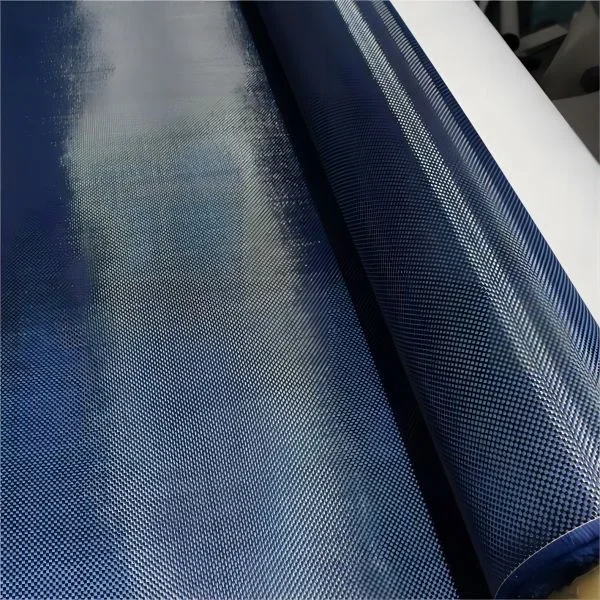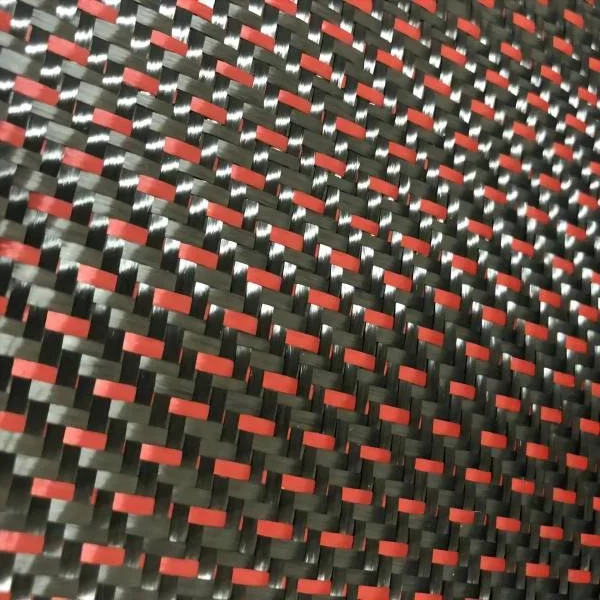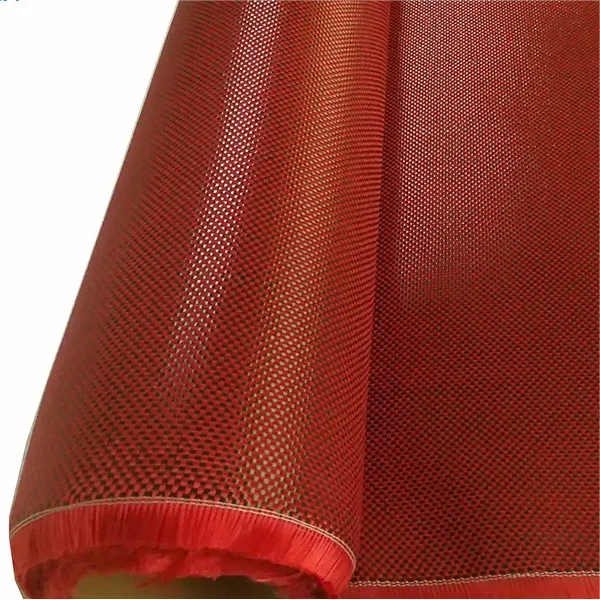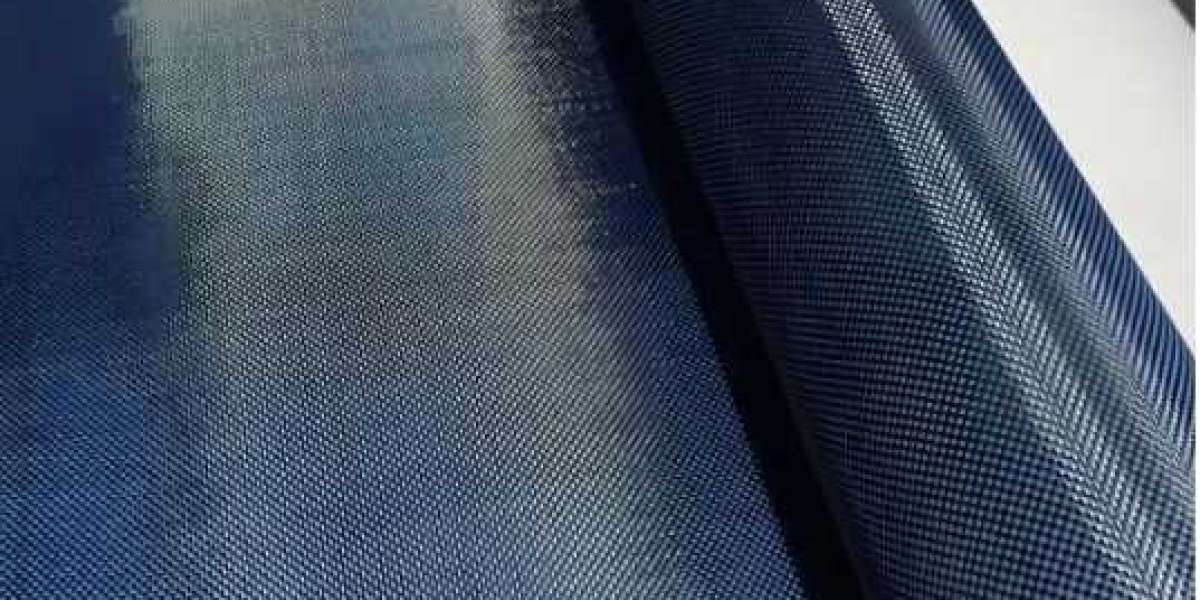Carbon-aramid hybrid fabric is a high-performance material that is widely used in industries such as aerospace, automotive, and sports equipment manufacturing. This unique fabric combines the strength and stiffness of carbon fiber with the impact resistance and toughness of aramid fibers. In this article, we will delve into the manufacturing process of carbon-aramid hybrid fabric, exploring the steps involved and the benefits it offers.
Introduction to Carbon-Aramid Hybrid Fabric
Carbon-aramid hybrid fabric is a composite material that combines carbon fiber and aramid fiber. Carbon fiber is known for its high strength, stiffness, and low weight, making it an ideal choice for applications where lightweight and high-performance materials are required. Aramid fibers, on the other hand, possess excellent impact resistance, toughness, and heat resistance properties. By combining these two fibers in a hybrid fabric, manufacturers can create a material that offers a unique combination of properties, making it suitable for a wide range of applications.

The Manufacturing Process of Carbon-Aramid Hybrid Fabric
1.Fiber Selection: The first step in the manufacturing process of carbon-aramid hybrid fabric is the selection of suitable carbon and aramid fibers. Both fibers come in various forms, such as continuous filaments or staple fibers. The choice of fiber type and form depends on the specific application requirements and desired properties of the final fabric.
2.Fiber Preparation: Once the fibers are selected, they undergo a preparation process to ensure proper alignment and distribution. The carbon and aramid fibers are typically coated with a sizing agent to improve their handling characteristics and adhesion properties.
3.Fiber Weaving: The prepared fibers are then woven together using a weaving machine. The weaving process involves interlacing the carbon and aramid fibers in a specific pattern to create a fabric. The weaving pattern can vary depending on the desired properties of the final fabric, such as the orientation of the fibers and the density of the weave.
4.Impregnation: After weaving, the fabric is impregnated with a resin matrix. The resin can be epoxy, polyester, or another suitable polymer. The impregnation process ensures that the fibers are fully saturated with the resin, creating a strong bond between the fibers and the matrix. This step is crucial for enhancing the mechanical properties of the fabric and improving its resistance to environmental factors such as moisture and chemicals.
5.Curing: Once the fabric is impregnated with the resin, it undergoes a curing process. Curing involves subjecting the fabric to heat and pressure, which activates the resin and causes it to harden. The curing process can take place in an autoclave or a press, depending on the specific requirements of the fabric and the desired properties of the final product.
6.Finishing: After curing, the fabric undergoes a finishing process to improve its surface quality and appearance. This can involve techniques such as sanding, polishing, or applying a protective coating. The finishing process also ensures that the fabric meets the desired specifications regarding thickness, weight, and visual appearance.

Benefits of Carbon-Aramid Hybrid Fabric
High Strength-to-Weight Ratio: Carbon-aramid hybrid fabric offers a remarkable strength-to-weight ratio, making it an excellent choice for applications where lightweight and high-performance materials are required. It provides the strength and stiffness of carbon fiber while also offering the impact resistance and toughness of aramid fibers.
Impact Resistance and Toughness: The aramid fibers in the hybrid fabric contribute to its excellent impact resistance and toughness properties. This makes it a suitable material for applications that require resistance to impact and abrasion, such as protective gear, automotive parts, and sports equipment.
Heat Resistance: Aramid fibers possess exceptional heat resistance properties, allowing carbon-aramid hybrid fabric to withstand high temperatures without degradation. This makes it suitable for applications in industries where heat resistance is crucial, such as aerospace and defense.
Versatility: Carbon-aramid hybrid fabric is a versatile material that can be customized to meet specific application requirements. Manufacturers can vary the fiber content, weave pattern, resin matrix, and finishing techniques to achieve desired properties such as stiffness, flexibility, and surface finish.

Conclusion
Carbon-aramid hybrid fabric is a high-performance material that combines the strength and stiffness of carbon fiber with the impact resistance and toughness of aramid fibers. Through a series of steps including fiber selection, preparation, weaving, impregnation, curing, and finishing, manufacturers can create a fabric that offers a unique combination of properties. The resulting fabric is lightweight, strong, impact resistant, and heat resistant, making it suitable for a wide range of applications in industries such as aerospace, automotive, and sports equipment manufacturing. Understanding the manufacturing process of carbon-aramid hybrid fabric provides valuable insights into the capabilities and benefits of this innovative material.
HengZhong Pioneering Innovation in High-Performance Fiber Fabrics








